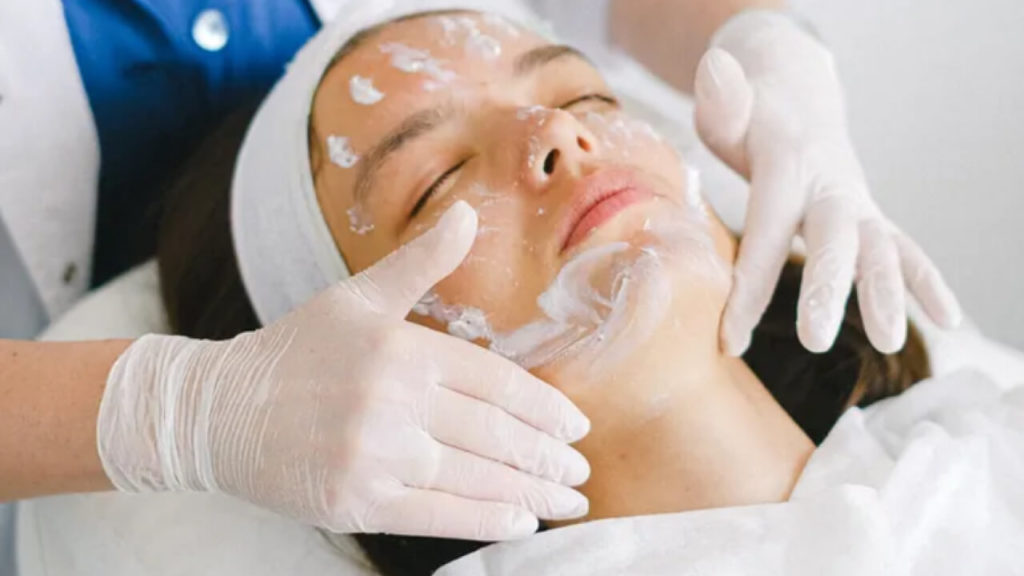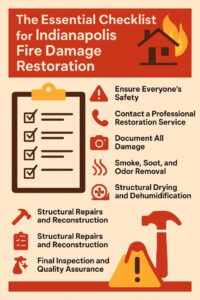The Vampire Facial, also known as the PRP (Platelet-Rich Plasma) Facial, has emerged as one of the most talked-about procedures. Popularized by celebrities and social media influencers.
This innovative treatment promises to rejuvenate the skin, reduce signs of aging, and enhance overall complexion. But what exactly is a Facial, and is it worth the hype? In this comprehensive guide, we’ll explore everything you need to know about the Facial, from how it works to its benefits, risks, and what to expect during the procedure.
What Is a Vampire Facial?
The Vampire Facial is a non-surgical cosmetic procedure that uses the patient’s blood to rejuvenate the skin. The treatment involves drawing a small amount of blood, processing it to isolate platelet-rich plasma (PRP), and then injecting or applying the PRP to the face. The term “Vampire Facial” was coined due to the use of blood in the procedure, though it’s far less dramatic than it sounds.
The PRP used in the treatment is rich in growth factors and proteins that promote cell regeneration, collagen production, and tissue repair. This makes the Vampire an effective option for addressing a variety of skin concerns, including fine lines, wrinkles, acne scars, and uneven skin tone.
How Does a Vampire Facial Work?
The Vampire combines two key components: microneedling and PRP therapy. Here’s a step-by-step breakdown of how the procedure works:
1. Blood Draw
A small amount of blood (typically 15-30 milliliters) is drawn from the patient’s arm, similar to a routine blood test.
2. PRP Extraction
The blood is placed in a centrifuge, a machine that spins at high speeds to separate the platelet-rich plasma from other blood components.
3. Microneedling
The face is cleansed and numbed with a topical anesthetic to minimize discomfort.
A microneedling device is used to create tiny punctures in the skin. These micro-injuries stimulate the skin’s natural healing process and enhance the absorption of PRP.
4. PRP Application
The PRP is either applied topically to the skin or injected into targeted areas using a fine needle.
The growth factors in the PRP work to boost collagen production, improve skin texture, and promote overall rejuvenation.
Benefits of the Facial
Offers a wide range of benefits, making it a popular choice for individuals seeking to improve their skin’s appearance. Here are some of the key advantages:
1. Reduces Fine Lines and Wrinkles
The growth factors in PRP stimulate collagen and elastin production, which helps to smooth out fine lines and wrinkles.
2. Improves Skin Texture and Tone
The treatment promotes cell turnover, resulting in a more even skin texture and tone.
3. Minimizes Acne Scars
By encouraging tissue repair and regeneration, the Facial can reduce the appearance of acne scars and other types of scarring.
4. Enhances Skin Hydration
PRP helps to improve the skin’s ability to retain moisture, leaving it looking plump and hydrated.
5. Non-Surgical and Minimally Invasive
Unlike surgical facelifts, the Vampire is a non-surgical procedure with minimal downtime.
6. Uses Your Blood
Since PRP is derived from the patient’s blood, there’s no risk of allergic reactions or rejection.
7. Long-lasting Results
With proper aftercare, the results of a Facial can last for several months to a year.
Who Is a Good Candidate for a Vampire Facial?
The Facial is suitable for a wide range of individuals, but it’s particularly beneficial for those who:
Want to reduce the appearance of fine lines and wrinkles?
Have acne scars or other types of scarring.
Desire a more even skin tone and texture.
Are looking for a non-surgical alternative to facelifts.
Have dull or aging skin that needs rejuvenation.
However, the treatment may not be suitable for individuals with:
Blood disorders or clotting issues.
Active skin infections or conditions like eczema or psoriasis.
A history of keloid scarring.
Certain medical conditions that affect healing.
It’s essential to consult with a qualified dermatologist or cosmetic professional to determine if the Vampire is right for you.
What to Expect During the Procedure
If you’re considering a Facial, here’s what you can expect during the procedure:
1. Consultation
Your provider will assess your skin, discuss your goals, and explain the procedure in detail.
You’ll also receive pre-treatment instructions, such as avoiding blood-thinning medications and alcohol.
2. Preparation
On the day of the procedure, your face will be cleansed, and a topical anesthetic will be applied to minimize discomfort.
3. Blood Draw and PRP Extraction
A small amount of blood will be drawn from your arm and processed to isolate the PRP.
4. Microneedling and PRP Application
The microneedling device will be used to create micro-injuries in your skin, followed by the application or injection of PRP.
5. Post-Treatment Care
Your provider will apply a soothing serum or mask and provide aftercare instructions.
The entire procedure typically takes about 60-90 minutes, depending on the extent of the treatment.
Recovery and Aftercare
The Vampire is a minimally invasive procedure with relatively short downtime. However, proper aftercare is essential to ensure optimal results and minimize side effects. Here’s what to expect during recovery:
1. Immediate Aftercare
Your skin may appear red and swollen, similar to a sunburn, for 24-48 hours.
Avoid touching your face, wearing makeup, or exposing your skin to direct sunlight.
2. Hydration and Moisturization
Keep your skin hydrated by drinking plenty of water and using a gentle moisturizer.
3. Sun Protection
Apply a broad-spectrum sunscreen with at least SPF 30 to protect your skin from UV damage.
4. Avoid Harsh Products
Refrain from using exfoliants, retinoids, or other harsh skincare products for at least a week.
5. Follow-Up Treatments
For best results, your provider may recommend a series of treatments spaced 4-6 weeks apart.
Risks and Side Effects
While the Facial is generally safe, it’s not without risks. Potential side effects include:
Redness and swelling.
Bruising at the blood draw site.
Mild pain or discomfort during the procedure.
Infection (rare, but possible if proper aftercare isn’t followed).
Allergic reactions (extremely rare, as PRP is derived from your blood).
To minimize risks, choose a qualified and experienced provider and follow all aftercare instructions.
How Much Does a Vampire Facial Cost?
Masseter Botox, The cost of a varies depending on factors like the provider’s expertise, location, and the extent of the treatment. On average, the procedure can cost anywhere from 600to600to1,500 per session. Since multiple sessions may be required for optimal results, the total cost can add up.
Is the Vampire Facial Worth It?
The Facial has gained popularity for its ability to deliver noticeable results with minimal downtime. However, it’s not a one-size-fits-all solution. Here are some factors to consider when deciding if the treatment is right for you:
Pros:
Non-surgical and minimally invasive.
Uses your blood, reducing the risk of adverse reactions.
Addresses multiple skin concerns, including aging, scarring, and uneven tone.
Long-lasting results with proper aftercare.
Cons:
Can be expensive, especially if multiple sessions are needed.
Results may take time to become visible.
Not suitable for everyone, particularly those with certain medical conditions.
Conclusion
The Vampire Facial (PRP Facial) is a cutting-edge cosmetic treatment that offers a natural and effective way to rejuvenate the skin. By harnessing the power of your blood, this procedure stimulates collagen production, reduces signs of aging, and improves overall skin texture and tone.
While it’s not without risks, has become a popular choice for individuals seeking a non-surgical alternative to traditional facelifts.









